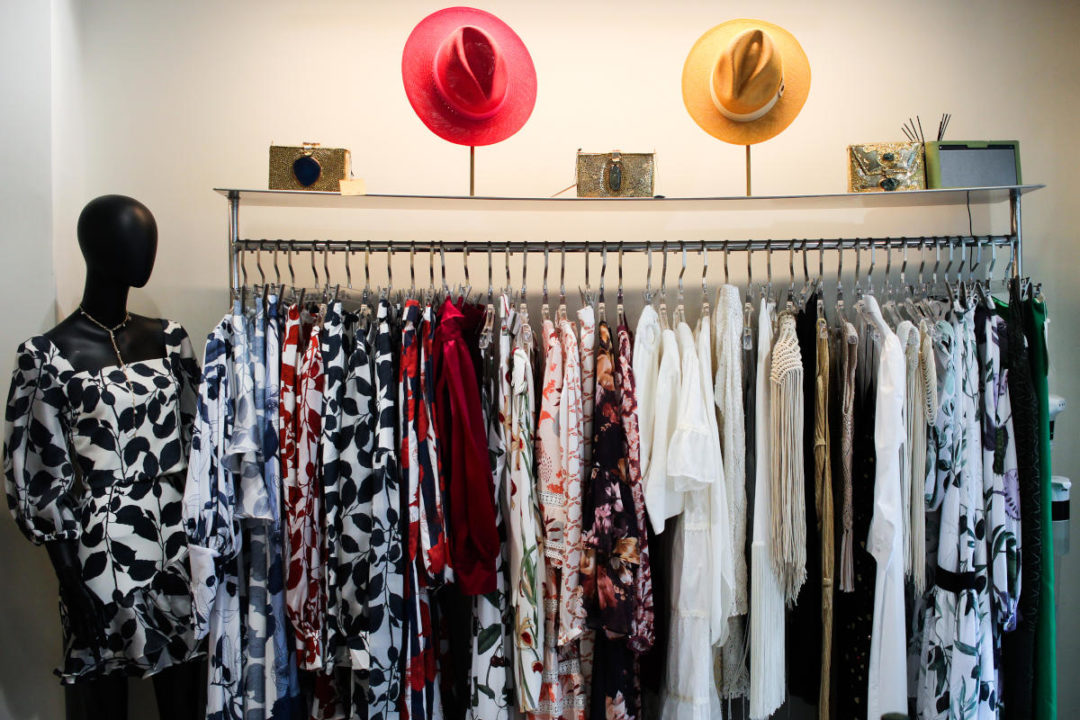In Collaboration with Vipop
Sustainability in the fashion industry has become the next trend. It’s not true that all brands greenwash in order to make sales, but it’s reached a point where designers almost need to show some sustainability aspect to get customers to trust them. And it’s clear why: the fashion industry, in a popular statistic, accounts for 8-10% of global carbon emissions by humans.
As Fabiana González, co-founder and procurement expert at sustainable fashion designer curator Vipop, puts it: “Everyone is greenwashing now because it’s a trend. That adds value to the pricepoint, like if it’s expensive, of course, it’s because it’s sustainable.”
What are the environmental impacts of the fashion industry?
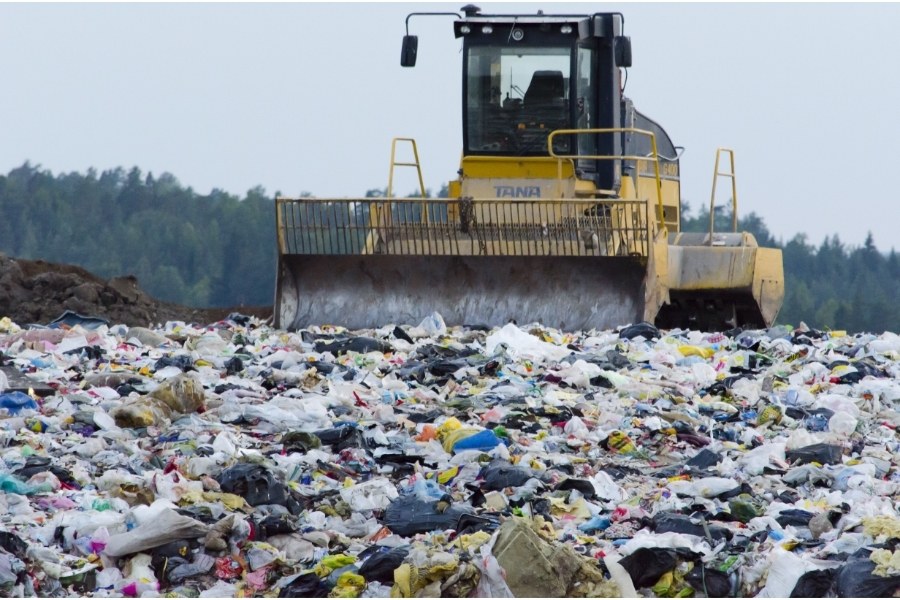
Fast fashion has contributed to this: a 2022 report states that clothing utilization (that is, the number of times a garment is worn before being discarded) has fallen by 40% in the past 15 years. The fashion industry also:
- Creates landfill waste. 85% of textiles end up in the landfill
- Causes microplastic leeching from the washing of certain fabric types
- Uses a lot of water and releases toxins into the environment from factories
Unfortunately, profit will always be king. It costs more to produce eco-friendly apparel for a number of reasons: higher quality, rarer fabrics; proper worker compensation; more time spent on clothing construction; fewer garments get sold because of the emphasis on wearing the same clothes more often; the cost of getting eco-related certifications. Brands simply have too little incentive to commit to earth-friendly production when greenwashing sells well. It’s up to shoppers to keep brands accountable for their claims – and this starts with knowing how to identify truly ethical fashion.
The signs of greenwashing
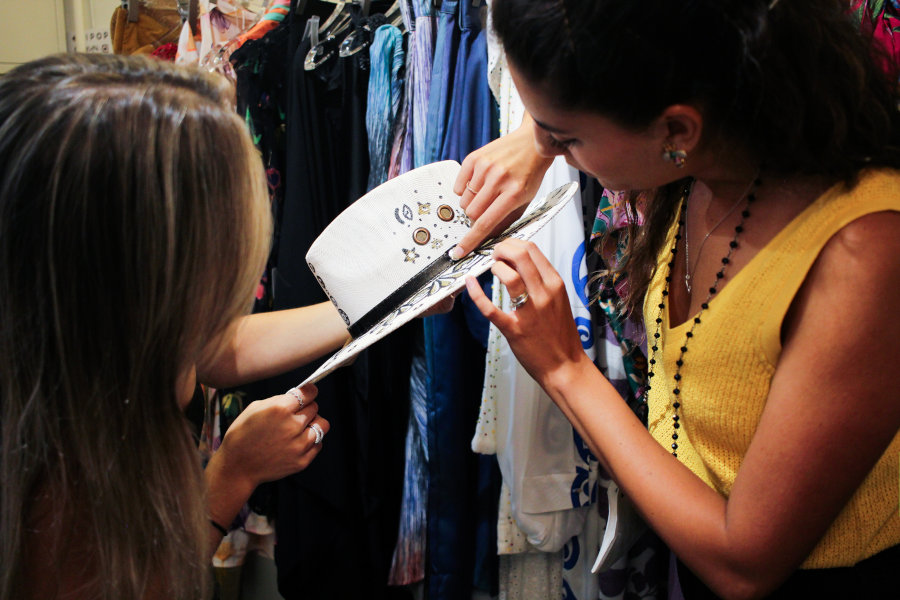
Greenwashing most often looks like visually pleasing, eco-friendly-looking packaging (nature imagery, symbols that look like official certifications, paper packaging), ambiguous green-speak like “organic” and “recycled”, and nice-sounding, unfounded claims like “now made with 50% more sustainable fabrics” without more figures to back them up.
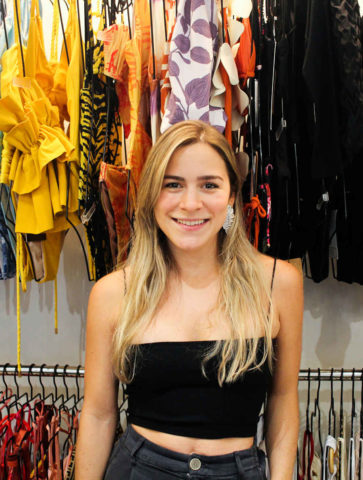
From Vipop’s boutique in Hong Kong’s Central district, Fabiana sees how shops claiming to sell ethical clothing source from non-ethical places, cut off the original tags, and place ‘conscious’ virtue-signaling labels on their products. Other ways that clothing brands greenwash is the ‘Lesser of Two Evils’ fallacy such as H&M’s in-store garment recycling bins (which in some people’s opinions just encourage more guilt-free purchasing), hidden trade-offs such as a label touting “Made from recycled fabrics” without stating how much of the garment is actually made from rescued materials, and selective disclosure where brands push an eco-conscious claim without disclosing that the rest of their garment-making process is still environmentally damaging.
In May 2022, Bonaqua launched a ‘label-less plastic water bottle’ campaign. The bottles were marketed as supposedly more eco-friendly because they no longer had the plastic film label and were made from recycled rPET. But they were single-use plastic bottles nonetheless.
Tips for finding genuine sustainable clothing brands
“It would be a lie if any company says they are 100% eco-friendly,” Fabiana says. From fabric and trim sourcing, pattern making to cutting, manufacturing, and shipping garments, it’s difficult to have a completely eco-friendly process. Instead, Fabiana emphasizes that the important thing is regularly re-evaluating and striving to be incrementally more sustainable in these aspects over time: “Eco-friendly is wider, bigger. We are moving towards that, [for example] shipping with companies that use vegetable fuels in the future.”
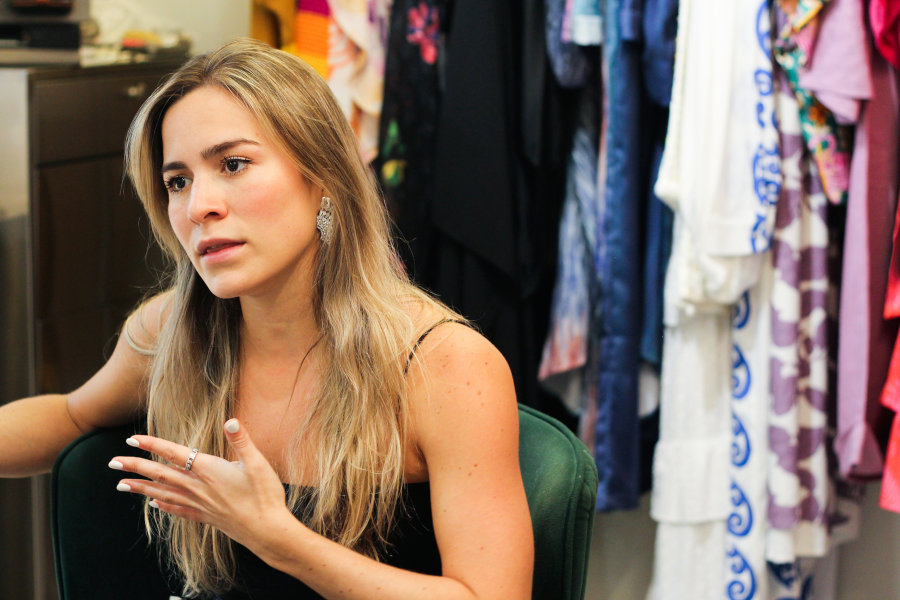
For Venezuelan natives Fabiana and co-founder Lenia Perez (who’s also a fashion designer), it was a natural step from their upbringing in the South American country towards eco-friendly clothing because of the inherently slow nature of artisanship in the culture: “In South America, the old techniques itself have this water-saving, low waste quality because there are no factories involved. They take colours from plants to dye garments. [Latin American fashion designers] are very sustainability-driven, and they simply do it out of being conscious.”
1. Specific sustainability initiatives
One way to identify clothing brands that are really walking the eco-friendly talk is to look out for the fashion designers that are innovating (like Vipop brand Baobab, which makes their resortwear from infinitely reusable nylon fabric called ECONYL derived from recycled fishing nets), re-evaluating to improve their carbon footprint, and even offsetting impacts on the environment in other ways, whether that be environmental initiatives or relatively more eco-friendly practices in other parts of the manufacturing process.
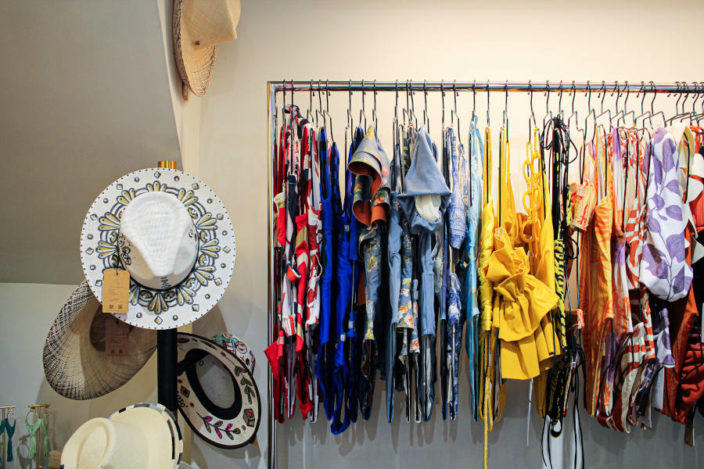
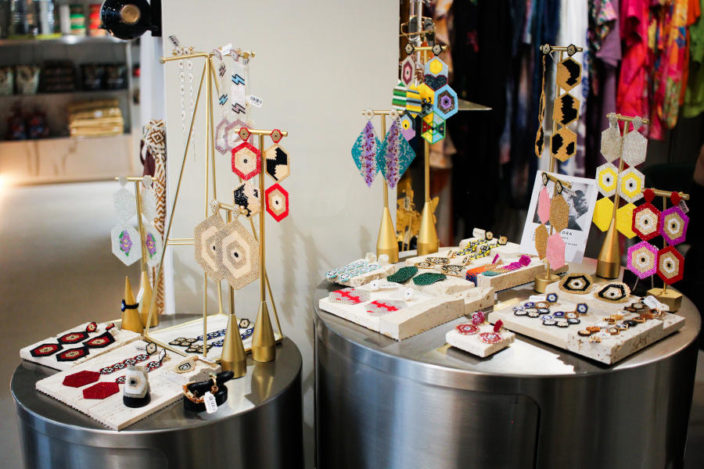
2. Transparency
Keep an eye out for clear and detailed claims, i.e. transparency about how the apparel is made. “Just stepping into a shop, you would never know the difference. Especially if it’s a multi-brand store.” (Which VIpop’s concept store, Artezano, is.) Beyond looking at apparel labels, Fabiana suggests digging into the specific brand’s website for traceability information, sometimes called the “chain of custody”. This can highlight how workers are treated, the sources of fabrics and designs, and more and provide hints about the sustainability profile. Vague claims and lack of transparency i.e. missing details, are no-nos.
3. Labels with sustainability info
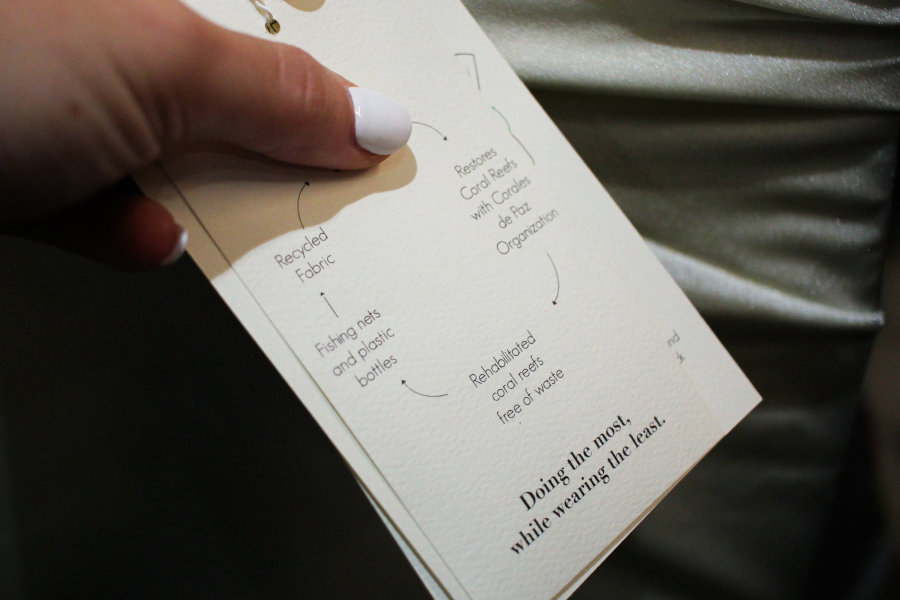
The best way to identify a fashion brand that’s committed to sustainability behind closed doors? “If a brand claims to be sustainable, but there’s no more information on the label or website, that’s a red flag. That’s the number one sign of greenwashing.”
Taking steps towards 100% circular fashion
It’ll take discerning customers who aren’t willing to sacrifice safe working conditions and environmental degradation for more brands to start prioritizing environmentally-conscious practices, because that’s the only way brands will start seeing lower profits. There are at least two parts in this process: knowing how to identify deceptive ‘conscious fashion’ marketing and deciding that it’s important to buy from brands that are actively working towards being ‘more sustainable’, whether that’s shipping with a company that flies with vegetable fuels or sourcing products from designers that make their own fabrics. “There are people doing [sustainable clothing] out of passion and people doing it because it’s a trend. But it doesn’t matter where the motivation comes from, as long as they do it well.”
Meet Vipop
- Website: www.vipop.com
- Email: info@vipop.com
- Address: G/F, 52-54 Graham St, SoHo, Hong Kong
Image credits: Joan Wong via The HK HUB


